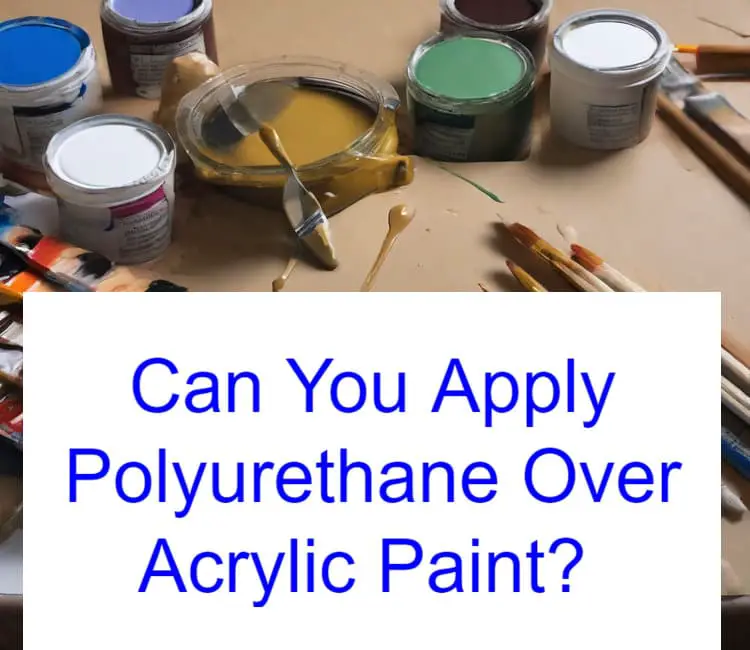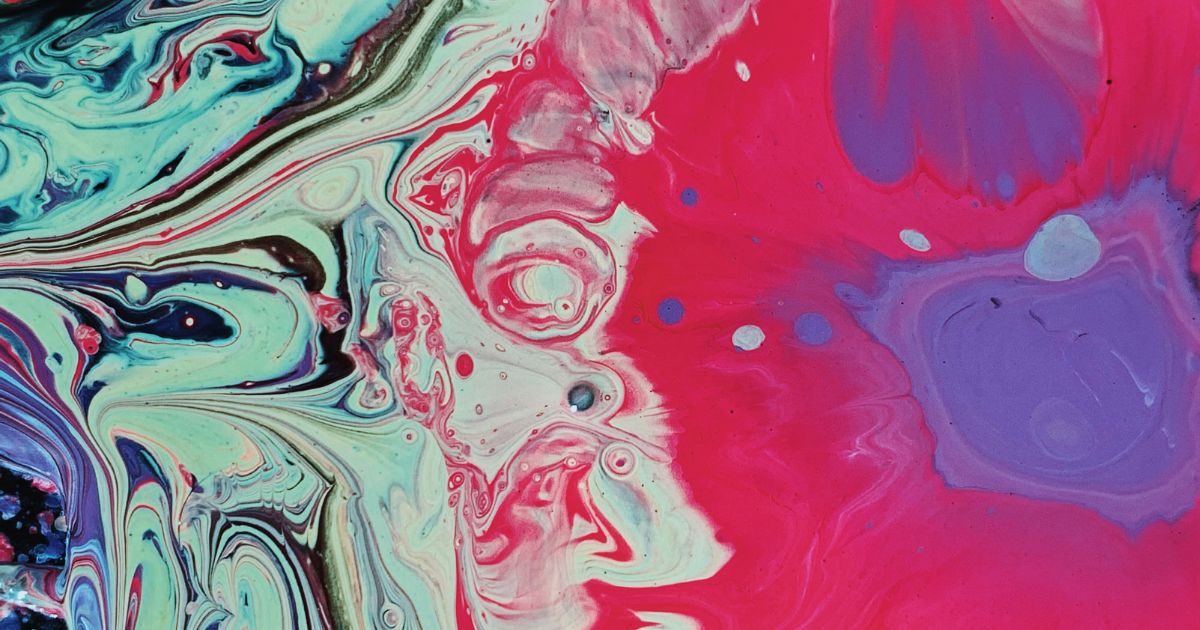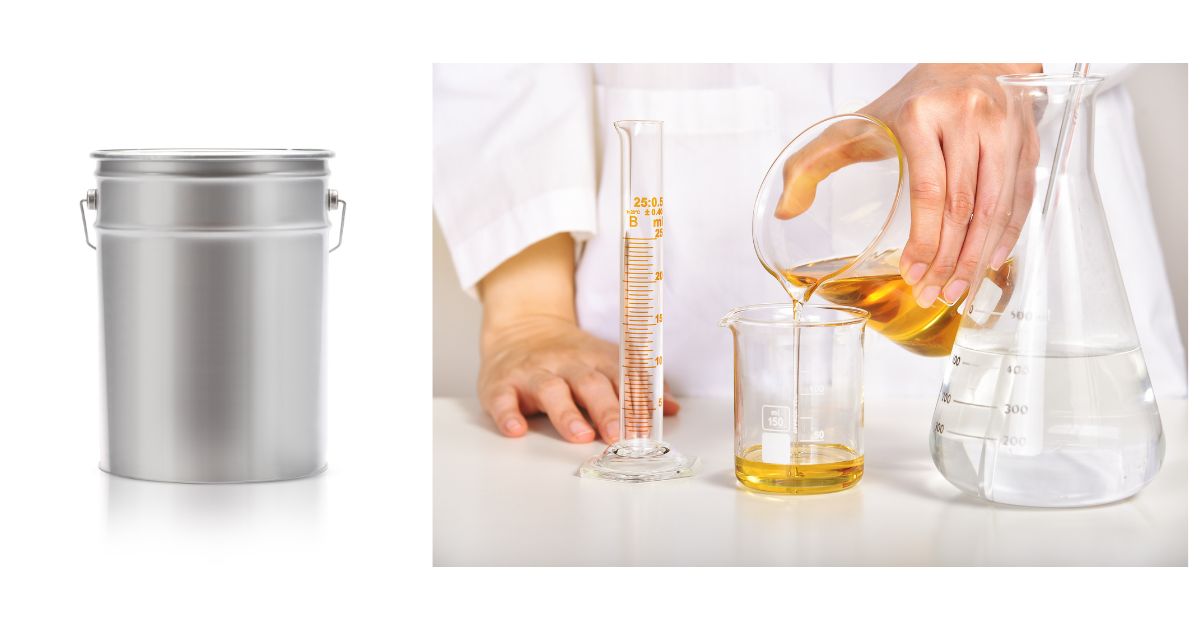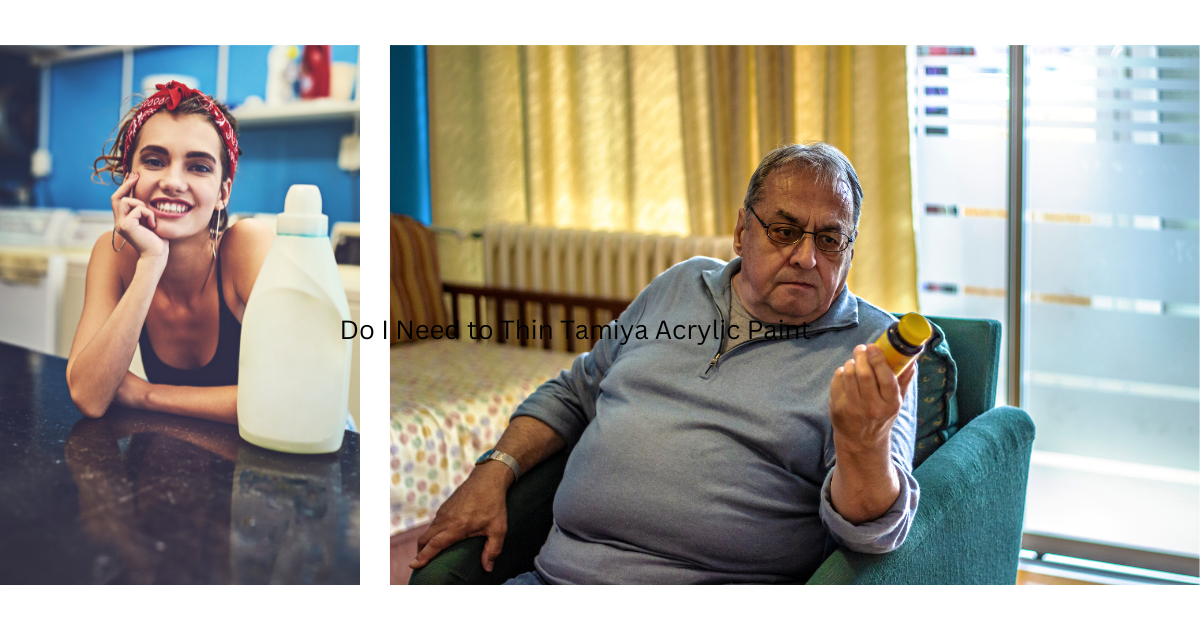When it comes to protecting and enhancing the longevity of acrylic paint, the question arises: Can you use polyurethane as a topcoat?
In this article, we will cover various options for applying polyurethane over acrylic paint, discussing its compatibility, considerations, and the optimal method for achieving desirable results. We will also address the drying time required for the paint before applying polyurethane and explore factors to consider prior to the application.

First, Can You Put Polyurethane Over Acrylic Paint?
The straightforward answer is yes, both oil-based and water-based polyurethane can be applied over acrylic paint. However, it is essential to take certain factors into account before proceeding.
Oil-based polyurethanes have the potential to cause yellowing of the paint over time, so it is advisable to opt for a clear coat if you choose to use an oil-based polyurethane.
On the other hand, water-based polyurethane will not yellow the paint and can be used without a clear coat. It is worth noting that water-based polyurethanes may slightly dull the paint’s appearance.
Understanding Polyurethane
Polyurethane is a resilient plastic material formed by combining polyisocyanate and polyol. It finds widespread use in various applications, including furniture coating for protection against stains and spills. Additionally, polyurethane is employed in insulation for its remarkable thermal insulating properties, making it highly suitable for residential and commercial construction projects.
Compatibility of Polyurethane with Acrylic Paint
Now that we have defined polyurethane, let’s address the question of compatibility: Can polyurethane be applied over acrylic paint? The answer lies in the type of paint being used. Acrylic paint is water-based, while polyurethane is available in both water-based and oil-based variants.

Consequently, it is not recommended to apply polyurethane over oil-based paint. However, when it comes to acrylic paint, you can safely apply polyurethane as long as you take the necessary precautions.
Impact of Polyurethane on Acrylic Paint
An important consideration is whether polyurethane will negatively affect the acrylic paint. While polyurethane may cause yellowing or fading, this is primarily a concern with oil-based paint. When applied over acrylic paint, polyurethane does not cause any damage. In fact, it can serve as a protective layer, safeguarding the paint job against wear and tear.
Choosing the Right Polyurethane for Acrylic Paint
Now that we know polyurethane can be applied over acrylic paint, it is crucial to select the most suitable type. There are two main options available: water-based and oil-based polyurethane.
For acrylic paint, water-based polyurethane is generally the preferred choice. It provides a clear finish, dries quickly, and ensures minimal alteration to the paint’s appearance. On the other hand, oil-based polyurethane may impart a yellow or amber tint to the paint.
Drying Time before Applying Polyurethane
After deciding on the type of polyurethane, it is essential to ensure that the paint is fully dry before proceeding with the application. The drying time varies depending on the type of paint used and can range from 24 to 48 hours.
Drying time of acrylic paint before applying polyurethane based on temperature and humidity levels is follow:
| Temperature | Humidity Level | Drying Time |
|---|---|---|
| Low (below 60°F / 15°C) | Low (below 40%) | Longer drying time, up to 48 hours or more |
| Low (below 60°F / 15°C) | Moderate (40-60%) | Extended drying time, around 36-48 hours |
| Low (below 60°F / 15°C) | High (above 60%) | Significantly prolonged drying time, 48 hours or more |
| Moderate (60-75°F / 15-24°C) | Low (below 40%) | Average drying time, approximately 24-36 hours |
| Moderate (60-75°F / 15-24°C) | Moderate (40-60%) | Standard drying time, around 18-24 hours |
| Moderate (60-75°F / 15-24°C) | High (above 60%) | Slightly extended drying time, roughly 24-36 hours |
| High (above 75°F / 24°C) | Low (below 40%) | Accelerated drying time, approximately 12-18 hours |
| High (above 75°F / 24°C) | Moderate (40-60%) | Relatively quick drying time, around 8-12 hours |
| High (above 75°F / 24°C) | High (above 60%) | Faster drying time, roughly 12-18 hours |
If acrylic paint is employed, it is advisable to wait at least one day before applying polyurethane. This waiting period allows the paint to cure adequately, facilitating proper adhesion of the polyurethane.
Considerations before Using Polyurethane on Acrylic Paint
Before applying polyurethane over acrylic paint, there are several factors to consider. Firstly, polyurethane acts as a protective coating, but it can make the paint job more susceptible to chips and scratches.
Thus, if the intended area is prone to extensive wear and tear, alternative options should be explored. Additionally, polyurethane can potentially lead to yellowing or fading. If this is a concern, using a clear coat of polyurethane can provide protection while allowing the paint’s color to remain visible.
Should You Seal Your Acrylic Painting?
The decision to seal an acrylic painting depends on several factors. Acrylic paint can be vulnerable to damage from UV light and heat. If the painting will be displayed in a sunny location or exposed to high temperatures, sealing it with a varnish or UV-resistant coating is recommended. However, if the painting will be kept indoors in a cool, dark environment, sealing may not be necessary.
Applying Polyurethane over Acrylic Paint
Once all the aforementioned factors have been considered, it is time to learn the proper method for applying polyurethane over acrylic paint. Begin by sanding the paint job to create a smooth surface for the polyurethane to adhere to.
Subsequently, apply the polyurethane using even strokes, ensuring not to over-apply. After the application, allow the polyurethane to dry completely, which typically takes 24 to 48 hours, depending on the type used.










